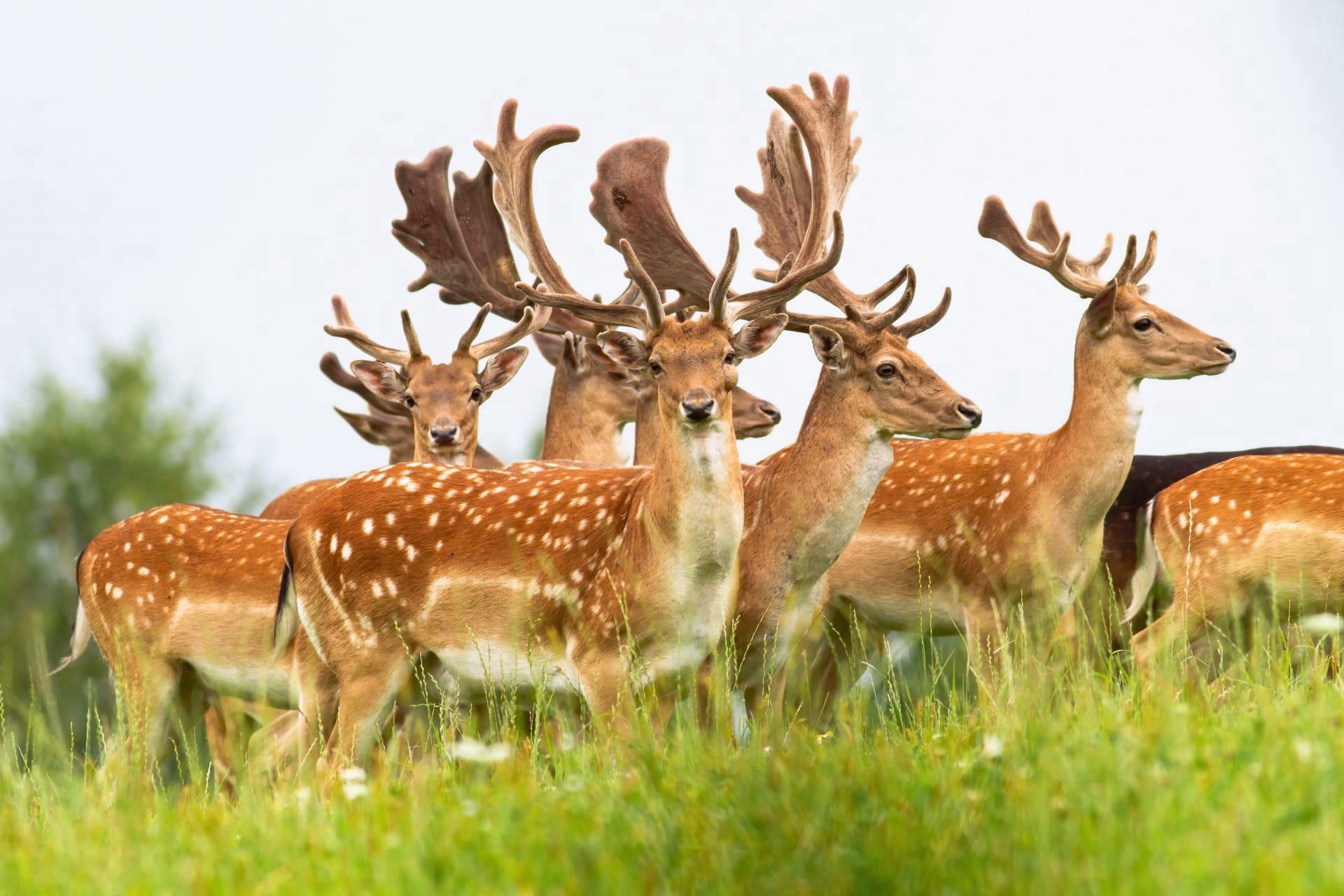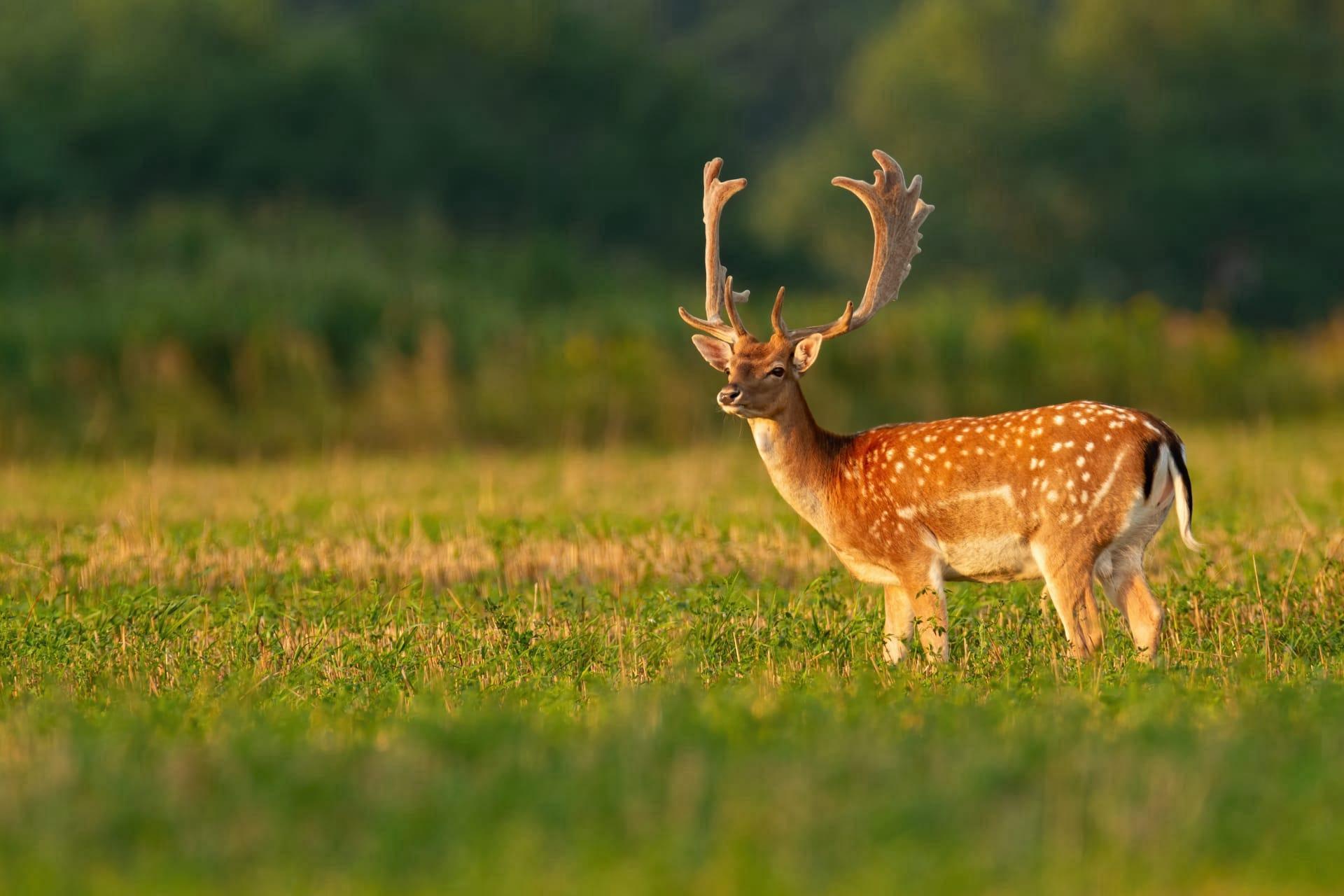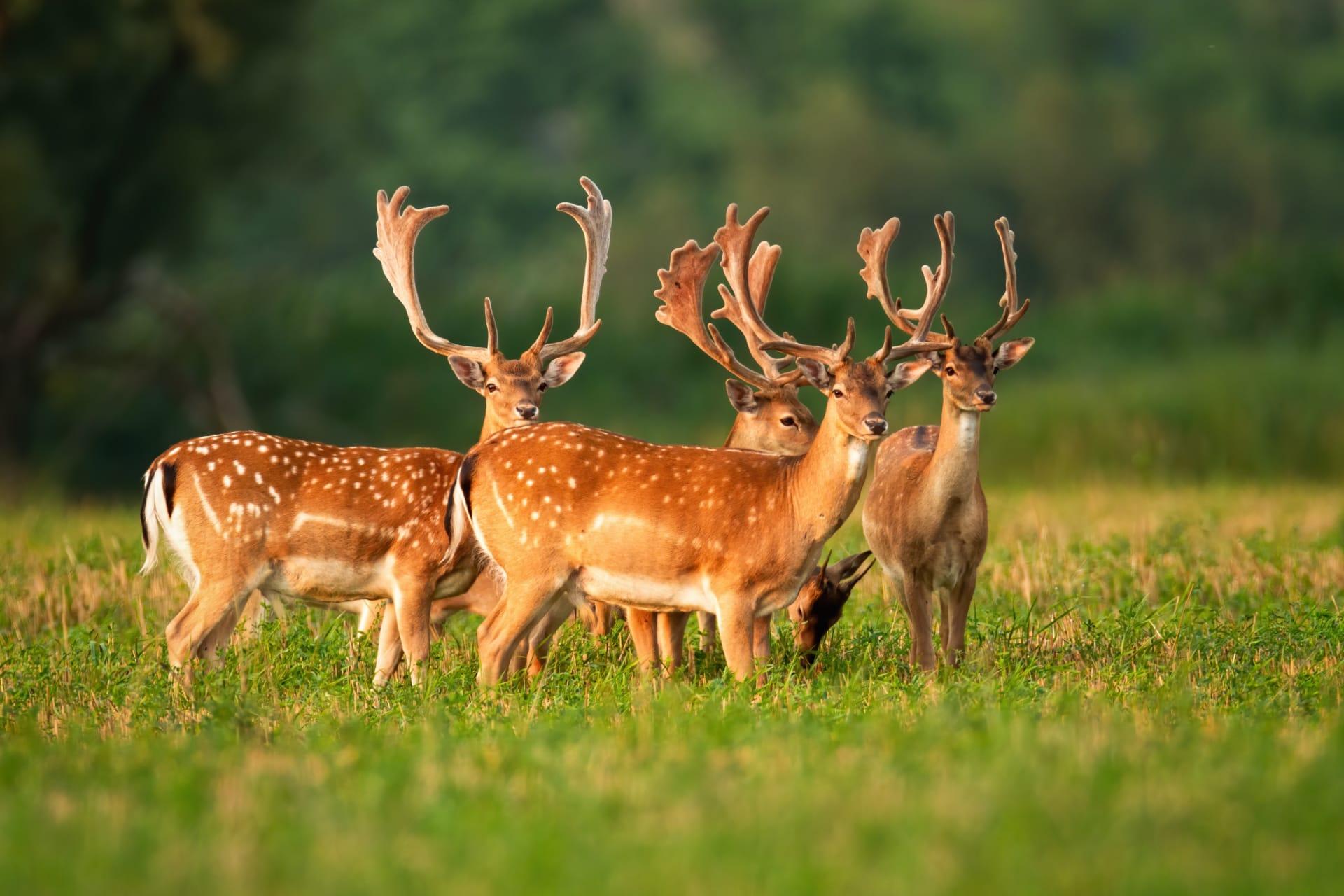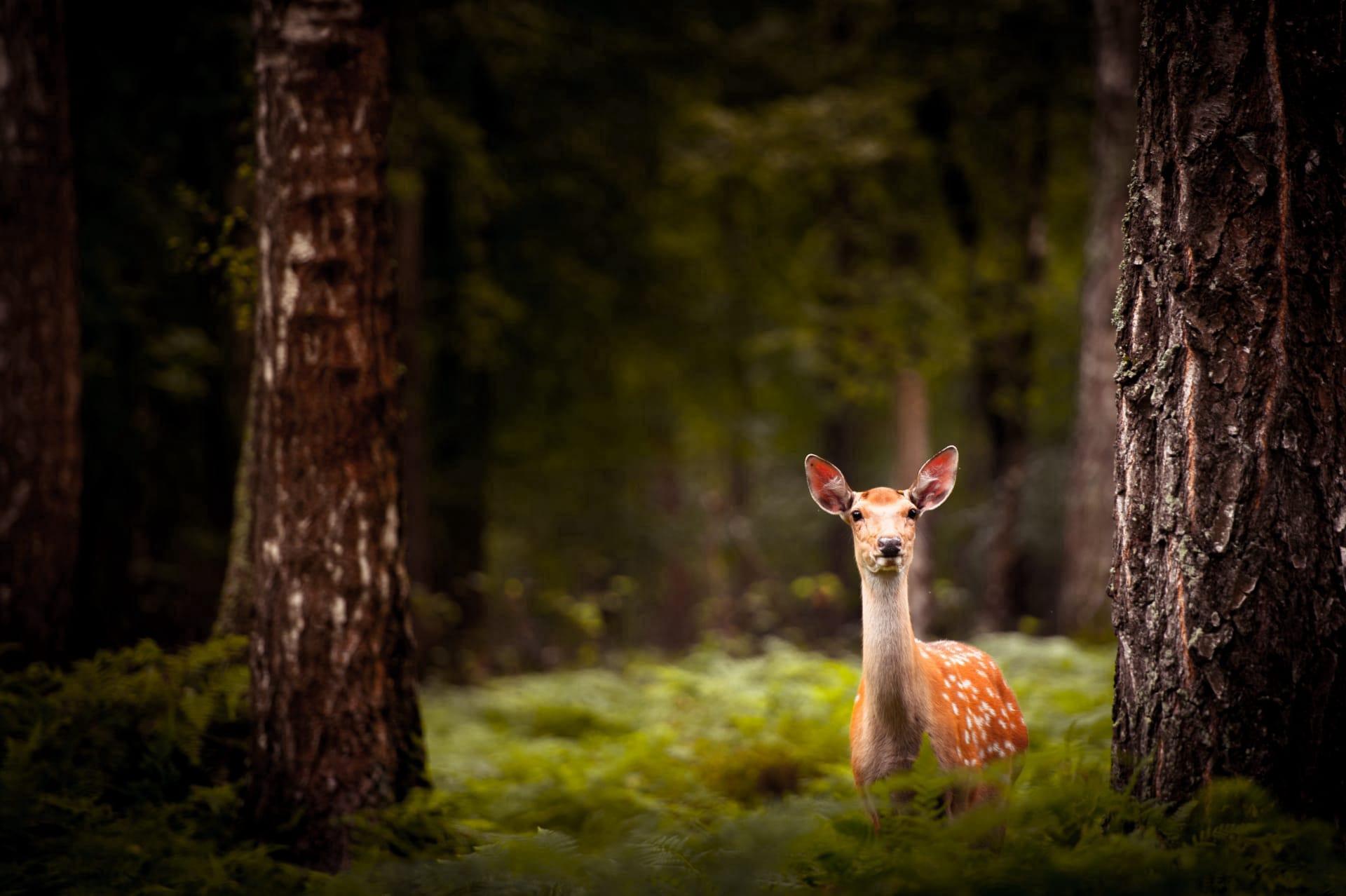Deer Characteristics
- Home /
- Mini Encyclopedia /
- Animal /
- Deer Characteristics
1
Deer, those gentle forest dwellers, exhibit a fascinating array of physical features tailored to their environment. An adult deer's size varies significantly among species, ranging from the petite Pudu, which stands just 15 inches tall, to the majestic Moose, towering up to 6.5 feet at the shoulder. Their weight reflects this diversity, with some species like the European Roe Deer weighing around 55 pounds, while the larger Elk can tip the scales at over 1,100 pounds. Deer typically live between 10 to 25 years in the wild, though their lifespan can extend up to 20 years in captivity, where threats are minimal.
One of the most distinctive organs of a deer is its antlers, primarily found in males. These remarkable structures are made of bone and can grow at an astonishing rate of up to an inch per day. Unlike horns, antlers are shed and regrown annually, a unique feature among hoofed animals. The primary function of antlers is in mating displays and combat with other males for dominance and the right to mate. Their size and complexity vary among species, with some like the Moose sporting antlers that span over 6 feet across, making them an impressive and formidable display.

2
Question: Why do deer have a keen sense of hearing?
Answer: Deer have evolved to possess an acute sense of hearing, which is crucial for their survival in the wild. Their large, mobile ears can independently rotate to pinpoint the source of a sound, providing a 360-degree auditory landscape. This exceptional hearing allows them to detect predators like wolves or bears, often well before the threat is visible. The frequency range of a deer's hearing is also quite broad, enabling them to hear ultrasonic sounds that are inaudible to humans. This heightened sense of hearing is a key survival tool in the dense forests and open plains where they roam.

3
Deer are renowned for their agility and speed, crucial traits for escaping predators. Most species can sprint at speeds up to 30 miles per hour, with some like the White-tailed Deer reaching up to 35 miles per hour. Their powerful hind legs enable not only swift running but also impressive jumping capabilities. A White-tailed Deer, for instance, can leap 10 feet high and cover 30 feet in a single bound. These physical abilities are essential for navigating rough terrain and evading threats.
Contrary to popular belief, deer are primarily herbivores, feeding on a variety of vegetation including grasses, leaves, and young shoots. Their diet varies with the seasons; in spring and summer, they consume more green vegetation, while in fall and winter, they shift to nuts, fruits, and evergreen plants. Deer have a four-chambered stomach, allowing them to digest tough cellulose found in plants. This adaptation enables them to extract maximum nutrients from their plant-based diet, crucial for their survival in diverse habitats.

4
Deer inhabit a wide range of environments, from the snowy forests of the Northern Hemisphere to the tropical rainforests of South America. They are highly adaptable, residing in woodlands, grasslands, and even swamps. The key elements of their habitat include ample vegetation for food, thick cover for hiding, and accessible water sources. Seasonal migrations are common among some species like the Mule Deer, moving to higher elevations in summer and descending to lower, warmer areas in winter.
Reproduction is a vital aspect of deer life, with most species exhibiting a breeding season, or 'rut,' in the fall. During this time, males become more aggressive and display their antlers to attract females. Females, known as does, usually give birth to one to three fawns in the spring following a gestation period of about 200 days. Fawns are born with white spots on their coats, providing camouflage against predators. Maternal care is crucial in the early life of a fawn, as the mother must protect it from predators while teaching it to forage.

5
Book: "The Hidden Life of Deer: Lessons from the Natural World" is a captivating exploration of deer in America, penned by renowned naturalist Elizabeth Marshall Thomas. Published in the United States in 2009, this work delves into the intricate social structures and behaviors of deer, observed through Thomas' detailed and patient study in her New Hampshire backyard. It's a blend of personal narrative and scientific observation, offering readers a unique glimpse into the secret world of these often-overlooked animals.
Book: "Deer of the World: Their Evolution, Behaviour, and Ecology" by Valerius Geist, released in 1998 in the United States, offers a comprehensive overview of the diverse species of deer around the globe. Geist, an expert in wildlife biology, meticulously details the evolution, habits, and ecological significance of various deer species. The book serves as both an academic resource and a fascinating read for wildlife enthusiasts, shedding light on the adaptability and resilience of deer in various ecosystems.